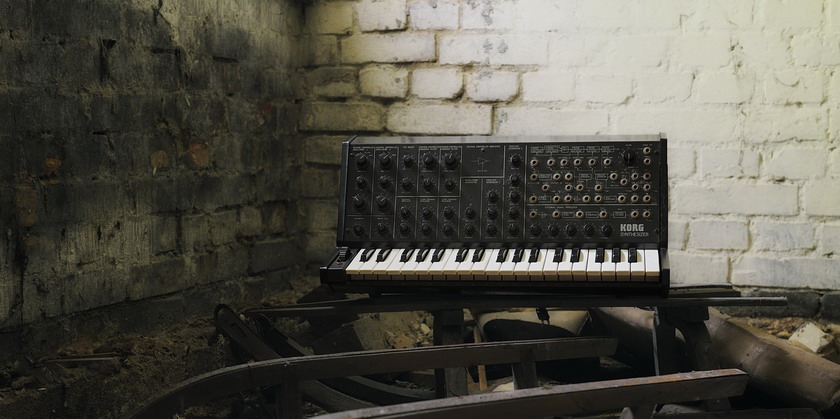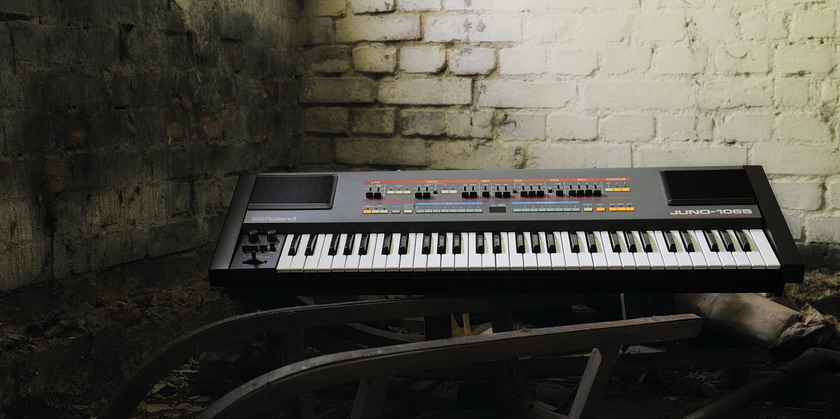If there was a competition about the maximum amount of features packed in the most limited space, we’d be surprised if the MS-20 did win or come second. It has been regarded as a classic for decades now and this has been well justified.
It’s a very ‘lucky’ instrument because it has plenty of everything. For starters, it has a great sound. Precise, punchy, sometimes even agressive. Then it has an unique filter – or, to be exact, two filters. Anothe thing the MS-20 is famous for. Thirdly, there is another world of function hiding in the patch panel.
Actually, there are two worlds! The upper section is one thing, the lower EXTERNAL SIGNAL PROCESSOR is yet another gem.
It can be safely assumed that the MS-20 represents one of the best value for money in the world of analogue synthesizers.
PRICE:
1722 EUR including 23% VAT (=1400 EUR at 0% VAT).
Please click on the “Contact” tab in the top right corner of the page if you are not sure whether VAT applies to you.
FREQUENTLY ASKED QUESTIONS
Q: What are all those sockets for? They confuse me.
A: They are called a patchbay and while they may inistually seem confusing, they make a lot of sense and are very useful.
Q: Ok, so they are useful. But how do I start learning to use this damn thing?
A: First of all, study the original Korg settings. Yes, copy the patches found in manual and thing about what they did and why. Then start with some specific parts of the patchbay like Sample and Hold for instance. Before doing anything to the panel, ask youself: what is the product of a S&H module? What can I do with it? What cables (voltages) do I need to supply to that module to get it to work? Then you will (know / check / guess) that you need two information for the S&H to work – the random wave to be sampled and a timing (clock) information. See? There is noise generator with two noise outputs to the righ. So this goes to the IN socket. How about CLOCK? Well, you need the LFO waveform. it’s right above the S&H. Now put the third patch cable into OUT. Then decide what you want to modulate. The process is the same for every other module. In other words, it makes most sense to mentally divide the patchbay into separate modules.














